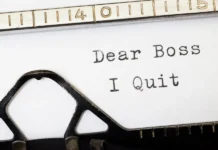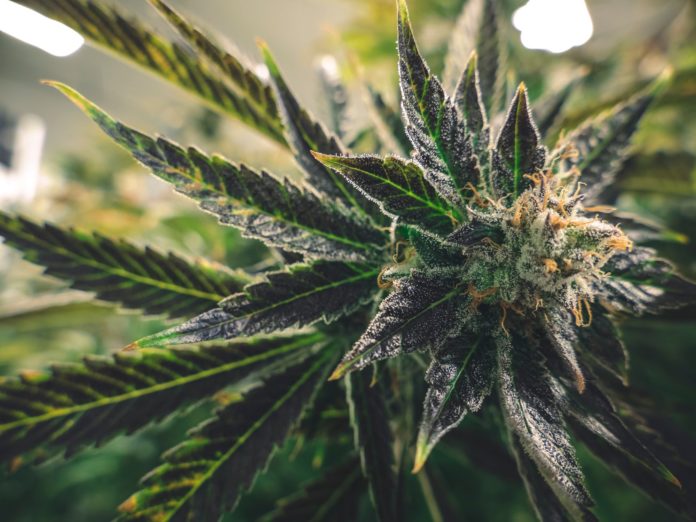
Growing cannabis can seem very overwhelming to newcomers, especially when there is so much information available to them. As a beginner I’m sure you’d love nothing more than having all these tips at your disposal. Here are the five tips to grow your cannabis plant!
Location
Location, LOCATION, Similar to real estate! Accurate positioning is critical to growth. Environmental elements such as light, space, temperature and humidity should be considered as factors affecting growth. We strongly recommend starting small for beginner growers. An area like a closet or a wardrobe is the perfect starting space.
Keeping the space small allows you to manage and maintain the environmental conditions of the plant more precisely without the burden of making expensive errors. The bigger the room, the greater the number of variables that need to be taken into account. Choosing a small space will minimize the need for large and costly humidifiers, air conditioning, and lighting.
Environmental Elements
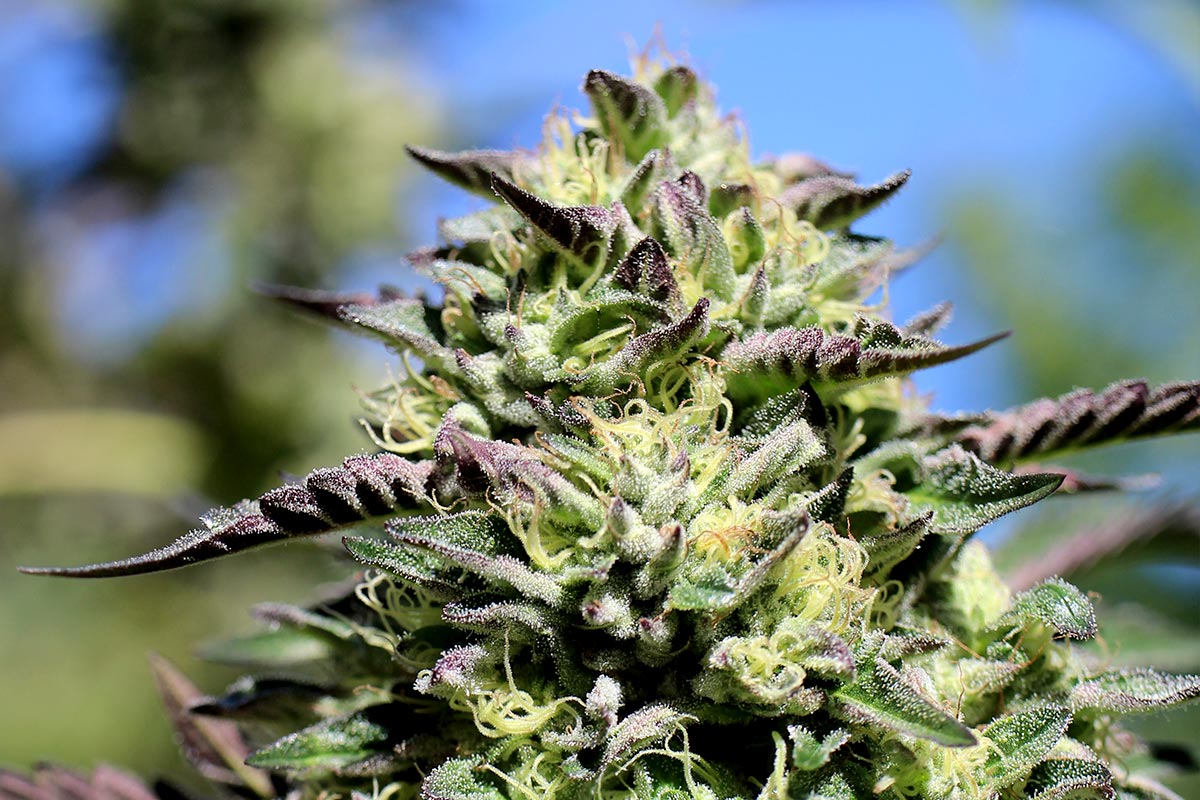
As we said earlier, the meat and potatoes are environmental controls when growing it. Learning how to change elements such as humidity, light, and temperature will allow you to correct real-time conditions, save your plant, and set up a great harvest. You may also want to be mindful of signs on your plant showing that one or more of these elements are off. Recognizing the signals of your plant and appropriately adapting the correct element is essential for a blissful growth.
Temperature & Humidity
Through regulating your growing room’s environment, you can imitate the shifting seasons of mother nature and transition your plant from a vegetative stage to a flowering stage. Higher temperatures will wax your plant while cooler temperatures slow your growth. With lights the optimal temperature is between 70-85 degrees F. The ideal temperature when the lights are off is between 58-70 degrees F.
Relatively high humidity, around 60-70%, can be beneficial during the vegetative growth phase; however, once the plant starts to flower, it’s key to lower the humidity to minimum— otherwise mold get into the buds to dry beautiful green leaves. It is crucial that the humidity level is tracked daily. If it is too hot, simply mount a dehumidifier and a continue monitoring.
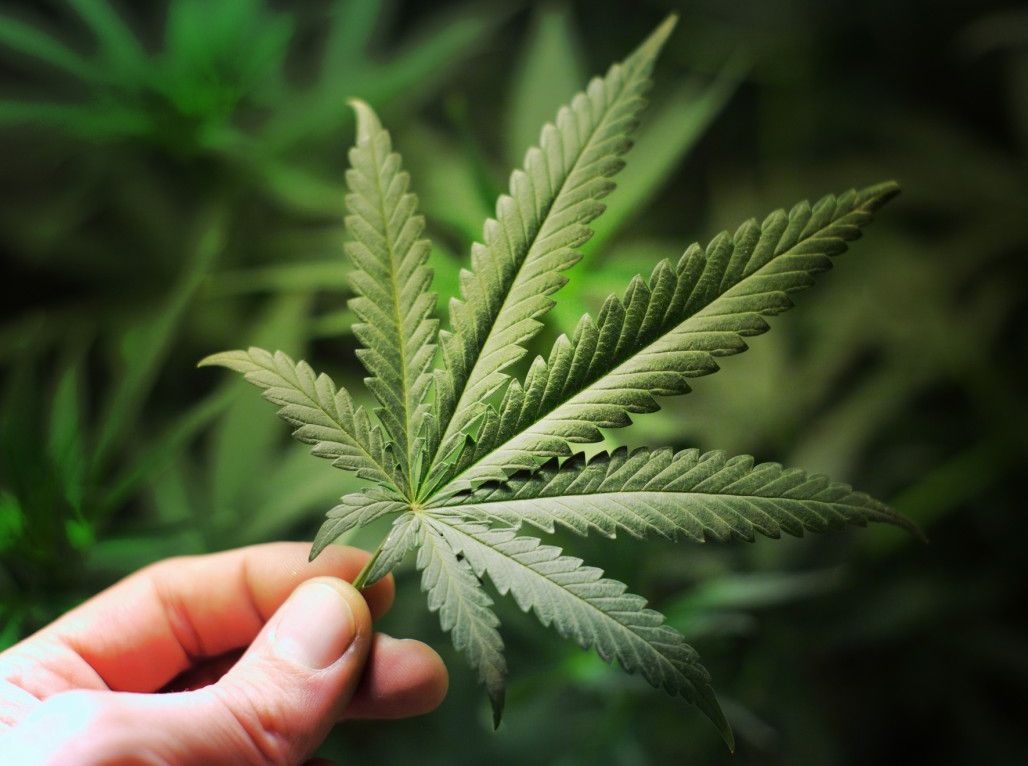
Lighting
With so many different choices, choosing the right lighting system for your grow room can be daunting. Starting with this, we suggest fluorescent growing lights, particularly with high output (HO) T5 bulbs. These lights are ideal for a small plant which will remain below 24 inches tall. Holding the lights from the top of your plant about 1-4 inches away will help avoid burns. While the seedling is small, set the light closer and as it grows you will adjust it accordingly.
Overall, the best way to know that the light is too close is to place your hand where the top of your plant will be, so that the back of it is exposed to the light. In case the light feels very hot after ten seconds, then the light is too close to prosper your plant. The bulbs we suggest are the best for enhancing the production of these type of buds without generating an abundance of heat. Additionally, investing in a timer will help you regulate day-to-night changes in the light cycle. The more that process is automated, the less chance of errors.
Soil & Seeds

Any high-quality potting soil will work when selecting soil, as long as it does not contain any artificially extended release fertilizers. Make sure you never use any soil which has added nutrients. The three nutrients needed for a healthy cannabis plant to grow are nitrogen, phosphorus and potassium, which should occur naturally in soil.
Now comes the part of fun – choosing your seedling! Determining the correct strain can be a tricky process for you. If you’re picking an indica or sativa, note that beginning with feminized seeds is important because these type of plant grows buds. In general, it’s best for beginners to choose an indica strain because they’re short and bushy, perfect for a small space.
You need to germinate them after choosing the correct seeds. Simply place your seeds in a wet paper towel with a small amount of sunlight for 24-32 hours to begin the germination process. Once your seeds have germinated poke small holes about an inch below the surface in the soil. Always separate your seeds to give them sufficient space to grow to full maturity without strangling or restricting one another.
Next, plant your seeds in the holes you created and cover them lightly with soil. If you opt to start with a healthy clone, the rooting process is already complete. These plants can be directly inserted into the soil mixture. Be sure to have a good amount of moisture for your freshly planted herb. Keeping the soil moist but not soaked will provide the required nutrition for your seedling. The cannabis plant seeds and CBD products are easily available at online dispensaries, such as MMJDirect, that provides the best quality of cannabis plants and its related products.
Timing Matters
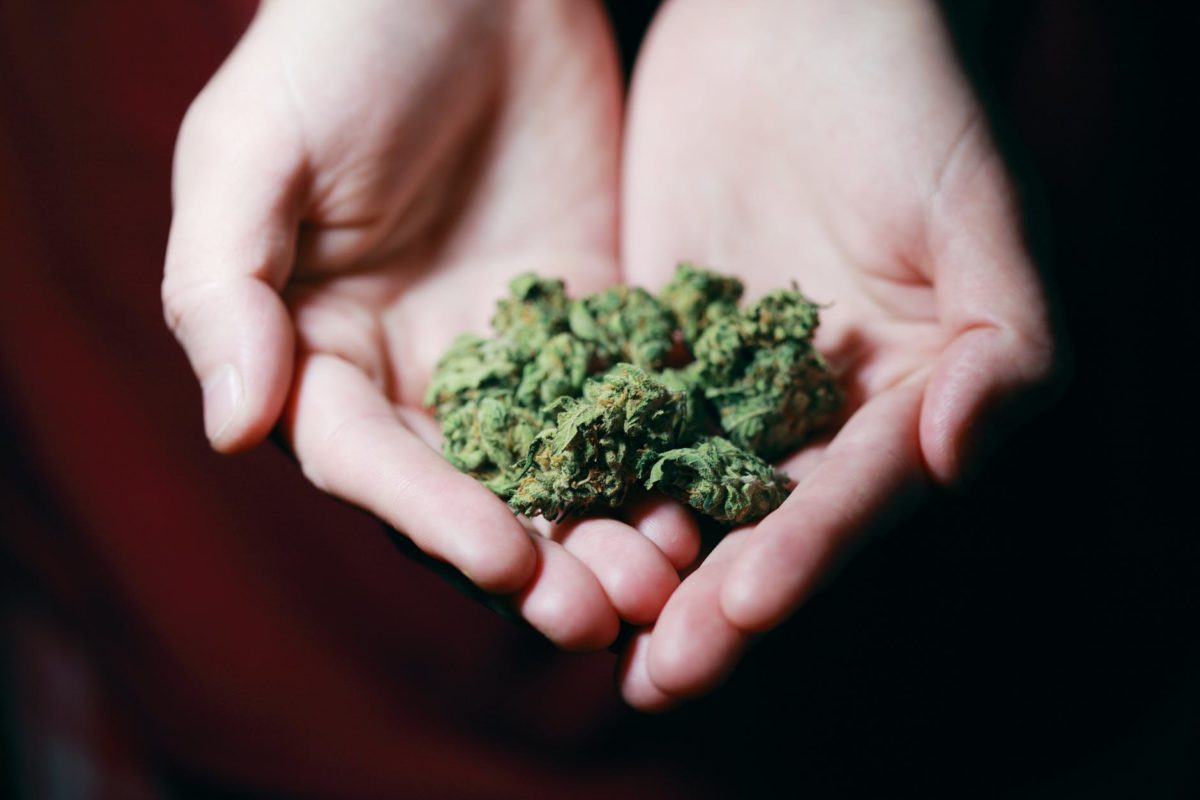
Seedling Stage
Keep it well-watered but not flooded as your seedling starts growing. Wait for the top inch of soil to feel slightly dry to the touch after watering, before watering again. You can kill it by watering your plant so be sure not to go overboard.
Vegetative Stage
After 14 days, the seedling of it, is able to reach the vegetative stage. At this stage, your plant should concentrate on becoming powerful. You can expect the leaves and stems to grow in your plant but not bud. At this stage, the plants will need “daylight” for at least 18 hours. Continue to regulate the distance of the light to ensure that your plant is not getting burned.
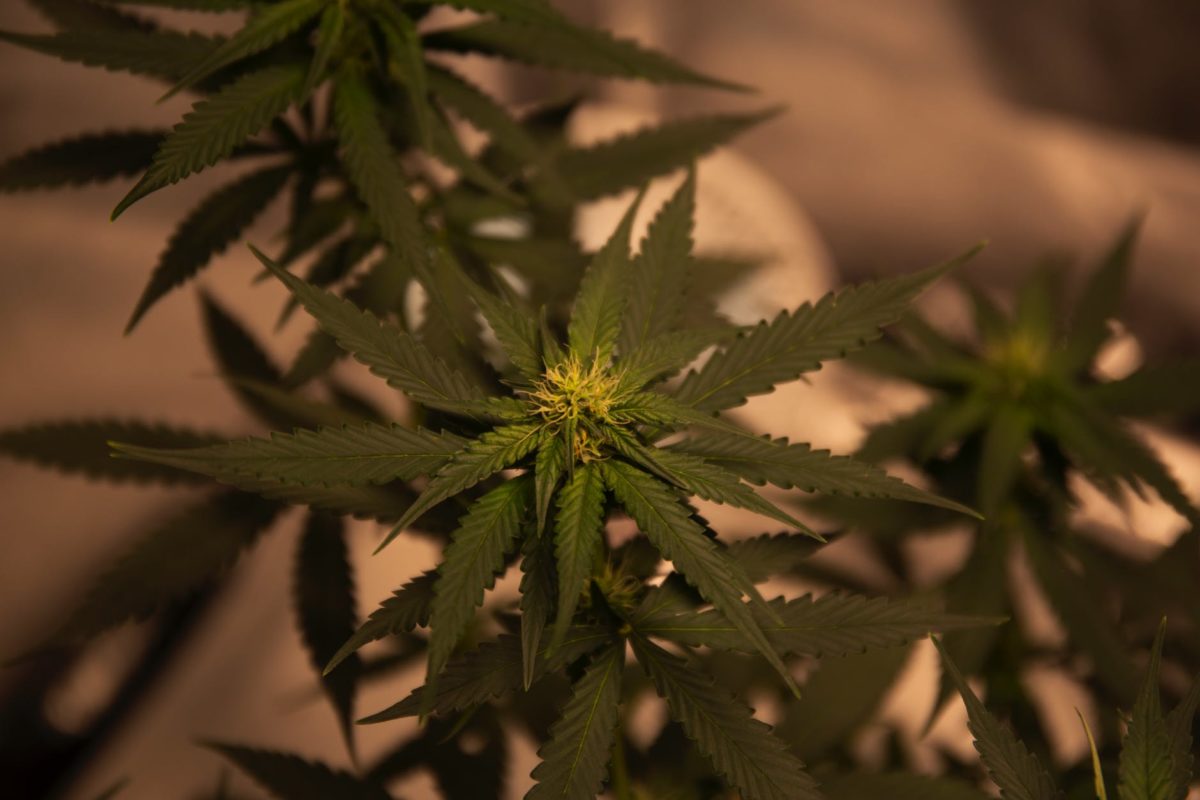
Flowering Stage
The final stage is the flowering stage, where beautiful buds will bloom out of your plant. It is vital that your plant now receives a dark period of 12 hours every day until the final harvest. Depending on the strain, the flowering stage appears to take around 7 to 9 weeks; however, sativa strains frequently require longer than 9 weeks to develop full-sized buds.
TLC
As stupid as it sounds, don’t forget to send some love to your plant again and again. By checking in on your plant, you’ll gather important signals it might give off that it’s not doing well. More than just the final yield, a healthy, productive plant is beneficial — gardening has also been shown to be beneficial to humans.





